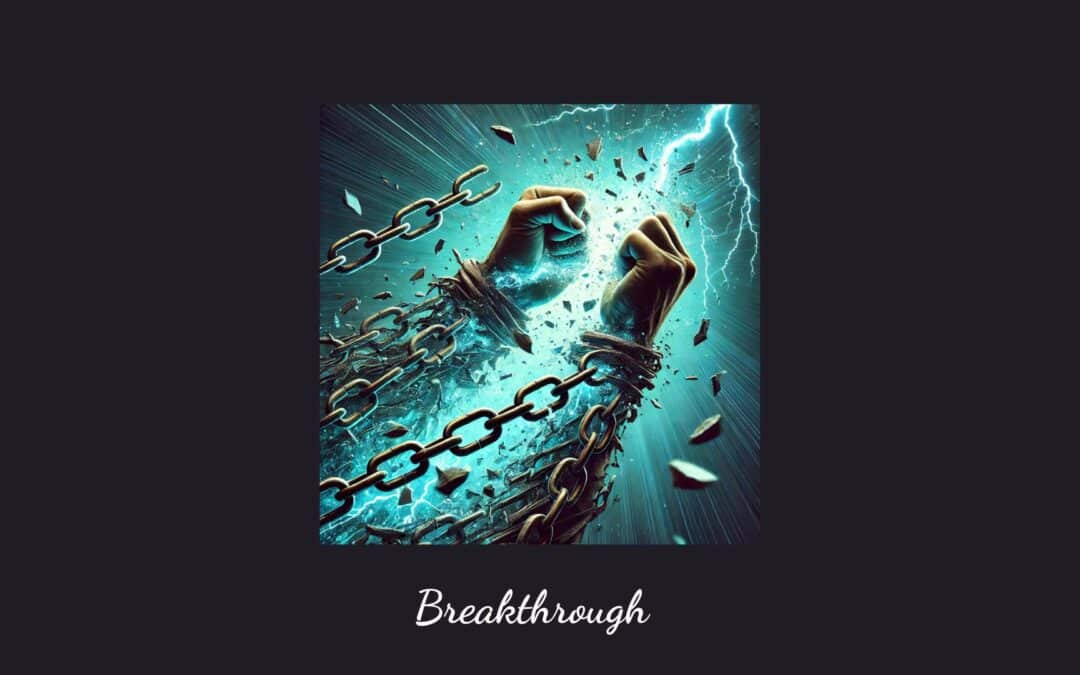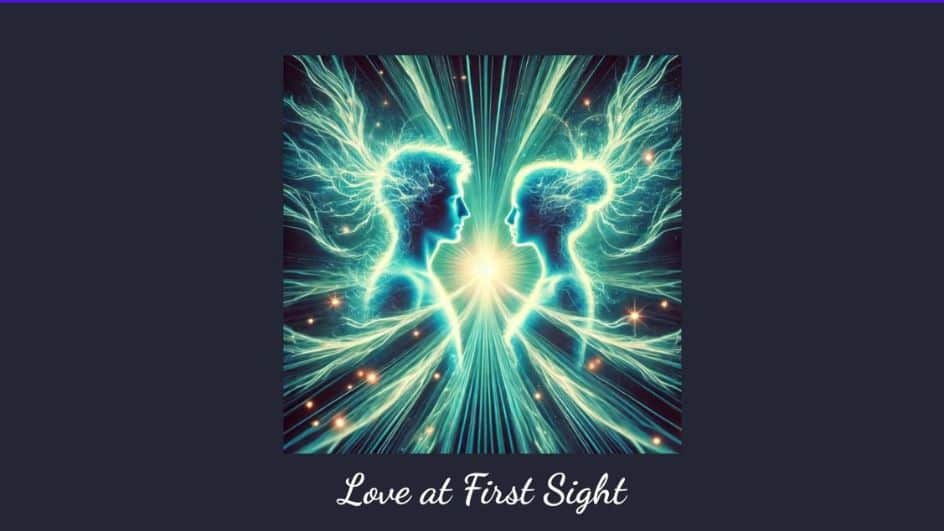
Episode 13—My Dark Night of the Soul

Episode 13—My Dark Night of the Soul
In Episode 13 of From the Shadow to the Light, we enter the shadowy terrain of profound loss and unraveling. As my marriage dissolved and my dreams of motherhood slipped away, I found myself descending into a darkness deeper than I had ever known. This episode traces the painful milestones of infertility, emotional disconnection, and the collapse of identity that followed. It’s a raw, honest reflection on what it means to lose everything you thought defined you—and the silent, sacred beginning of transformation that starts when all else falls away.
Episode Title: My Dark Night of the Soul
Episode Number: 13
Welcome to Episode 13 of From the Shadow to the Light, where we dive into Chapter 13 of my memoir, Struck by Lightning: My Journey from the Shadow to the Light.
In this episode, I recount the devastating unraveling of my marriage, the heartbreak of infertility, and the painful silence that settled over a hospital room where love felt absent. What began as dreams of family and forever shifted into a season of profound emotional and spiritual darkness. From the illusion of permanence to the bitter ache of abandonment, I share the descent into what felt like the end of everything I knew. Through five revealing themes, I trace how this chapter marked the beginning of the end—but also the quiet stirring of something new beneath the wreckage.
Reflective Questions
Theme 1—The Illusion of Permanence
- Have you ever found yourself clinging to a moment or a memory, wishing you could freeze time? How did you feel when confronted with the reality that everything changes?
- What illusions of permanence have you had to confront in your own life? What did these experiences teach you about embracing impermanence?
Theme 2—Confronting Infertility
- Have you or someone you know faced challenges with infertility? How did it affect personal relationships and self-perception?
- In facing significant medical challenges, how do you find strength, and what role do support systems play in navigating such deeply personal trials?
- Have you ever faced a personal challenge that reshaped your dreams? How did you navigate the emotions and decisions of that time?
- What gives you strength in moments of uncertainty? How important is support from others when facing personal trials?
Theme 3—Hospitalization and Isolation
- Have you ever received a gesture intended to be kind but felt out of touch with your actual needs?
- How did this impact your feelings toward the person who offered it?
- In times of personal crisis, how important is the type of support offered by loved ones? How do their actions influence your emotional well-being?
Theme 4—The Unraveling of a Relationship
- Think back to a relationship in your life that changed over time. What signs indicated that things were shifting?
- In times of relational crisis, what strategies have you found most effective for addressing issues with honesty and openness?
- How important is recognizing when a relationship no longer supports mutual growth?
Theme 5—Descent Into Darkness
- Reflect on a time when you felt you were nearing rock bottom. How did you prepare for the challenges ahead?
- What does it feel like to stand on the precipice of a significant life change, knowing that further challenges await?
As we close Episode 13, “My Dark Night of the Soul,” we’ve walked through the heartache of infertility, the unraveling of a once-promising relationship, and the painful descent into emotional and spiritual isolation. Each theme has revealed how loss and disconnection can strip away not just our dreams but our very sense of self.
This episode illuminated the beginning of a deeper journey—one where the outer world collapses so the inner world can begin to rebuild. Thank you for joining me on today’s podcast of From the Shadow to the Light.
As we prepare for our next episode, “Hitting Rock Bottom,” we’ll explore what it truly means to reach the lowest point—and how the darkness that nearly breaks us can also become the ground on which we rise.




